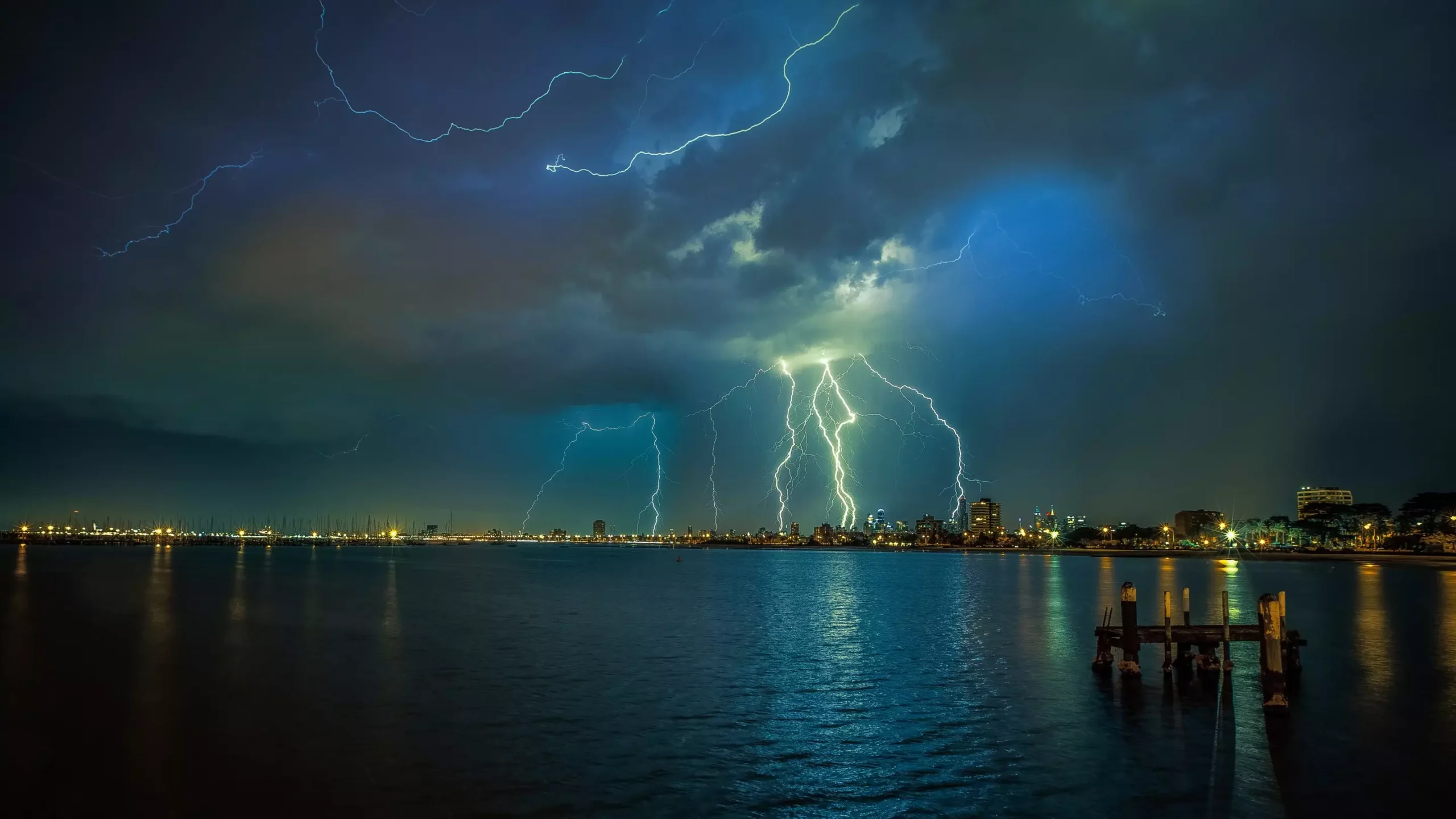Recent research led by a team from James Madison University has shed light on a concerning environmental phenomenon: the relationship between air pollution and the intensity of summertime thunderstorms. This pivotal study, appearing in the journal Atmospheric Research, was spearheaded by geography professor Mace Bentley, who points out that atmospheric pollution is not merely an environmental nuisance but a complex factor influencing weather dynamics. Specifically, pollution particles serve as cloud condensation nuclei, which play a critical role in storm development.
The comprehensive study analyzed an extensive dataset of nearly half a million thunderstorms across two major urban areas: Washington, D.C., and Kansas City. Over three years, researchers relied on impressive technological resources, utilizing twelve years’ worth of lightning data sourced from the National Lightning Detection Network, coupled with air quality measurements from numerous pollution monitoring stations. Their findings are significant; in scenarios characterized by high atmospheric instability—conditions typically conducive to thunderstorm formation—an increase in pollution directly correlates with a rise in cloud-to-ground lightning strikes. Bentley’s research underscores the idea that the very pollutants responsible for degrading air quality are also enhancing the severity of thunderstorms, a dual threat to urban climates.
Besides the U.S. study, Bentley’s ongoing research in Bangkok further emphasizes the global implications of this issue. Bangkok, which faces more severe pollution than both Washington, D.C., and Kansas City, presents an even more alarming picture regarding thunderstorm intensity and lightning frequency. The findings from Bangkok are consistent with those in the U.S., suggesting that urban pollution universally exacerbates thunderstorm conditions. This phenomenon points not only to the vulnerability of cities to climate-related impacts but also to the urgent need for effective environmental regulations and cleaner urban development strategies.
This research poses significant questions about urban planning and environmental policy. As cities grow and industrial activities increase, understanding the interactions between air quality and atmospheric phenomena becomes increasingly important. Addressing air pollution should not solely focus on human health but also on its wider climatic repercussions. With cities around the globe under threat from climate change, the effects of local pollution could contribute to a cycle of enhanced storm severity, leading to more frequent flash floods and destructive weather events that will, in turn, affect urban infrastructures.
The findings presented by Bentley and his team serve as a sobering reminder that our actions have far-reaching consequences. The relationship between air pollution and the intensification of thunderstorms is a clear indication that addressing urban pollution must become a priority in climate action strategies. As cities work to mitigate the impacts of climate change, understanding the interplay between pollution and weather extremes will be crucial in developing effective responses to protect both people and the environment. The urgent call to action is clear: cleaner air is not just a matter of health; it is also about safeguarding our increasingly volatile climate.


Leave a Reply